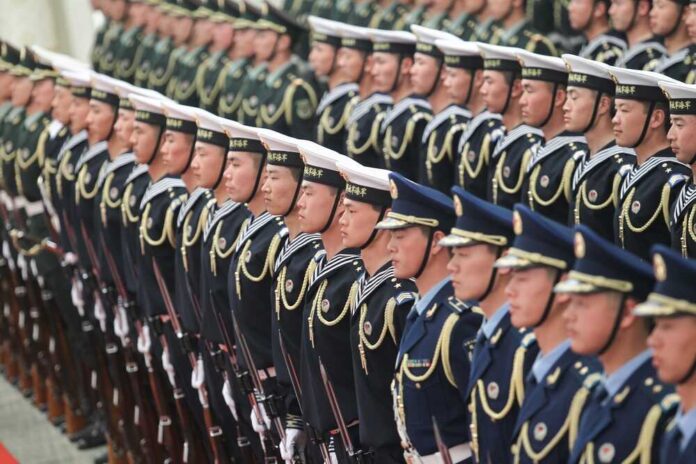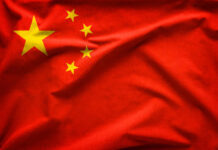
In a blatant show of force, a Chinese warship nearly collided with the USS Chung-Hoon Saturday in the Taiwan Strait, the U.S. Indo-Pacific Command (USINDOPACOM) reported. This dangerous act of aggression occurred as the U.S. destroyer was conducting joint exercises with Canada’s HMCS Montreal in these international waters.
The Chinese vessel conducted maneuvers “in an unsafe manner,” according to USINDOPACOM. It overtook the U.S. destroyer on its portside at a dangerously close 150 yards. Then, the Chinese ship crossed the Chung-Hoon’s bow again, from starboard to port at 2,000 yards. Despite the potentially disastrous situation, the Chung-Hoon managed to maintain course, merely slowing its speed to 10 knots.
Chinese warship comes within yards of US destroyer pic.twitter.com/nflesID3JU
— Karli Bonne’ (@KarliBonnita) June 4, 2023
These maneuvers were far from professional conduct. HMCS Montreal Commander Paul Mountford categorized the incident as “clearly instigated by the Chinese.” Indeed, this reckless behavior is another example of China’s blatant disregard for the rules of safe passage in international waters.
The Chinese vessels shadowed the U.S.-Canadian exercises for a week before the incident. They even warned the allied ships they were trespassing on Chinese territorial waters, even though the Taiwan Strait is recognized as international waters. However, Canada’s Defense Minister Anita Anand reaffirmed their commitment, stating, “Canada will continue to sail where international law allows, including the Strait, the South China Sea.”
As the U.S. and its allies strive to uphold international law and maintain peace in the region, this incident starkly showcases China’s disrespect for these principles. The U.S. warned the Chinese ship to keep a safe distance, only to have the Chinese vessel alter its course at the last moment. These actions intend to intimidate and challenge the U.S. and its partners.
U.S. warships regularly sail through the Taiwan Strait as part of their commitment to maintaining freedom of navigation in the area. However, with its claim on Taiwan, China has continuously ramped up military pressure, undermining peace and stability in the region.
This incident also comes in the wake of threats from the Chinese government against the U.S. after the latter sailed through the contested Paracel Islands, which China asserts sovereignty over. China’s aggression also extends to disregarding Vietnam’s exclusive economic zone by deploying a research ship and five escort vessels to an area where a Russian state firm operates a gas block with Hanoi.
Such episodes of aggression underscore the complexity and volatility of the geopolitical situation in the South China Sea. A stark reflection of this was the recent refusal by China’s Defense Minister Li Shangfu to meet U.S. Secretary of Defense Lloyd Austin at a defense summit in Singapore.
China’s aggressive stance reminds us that freedom and peace often come at the price of constant vigilance and readiness.

































